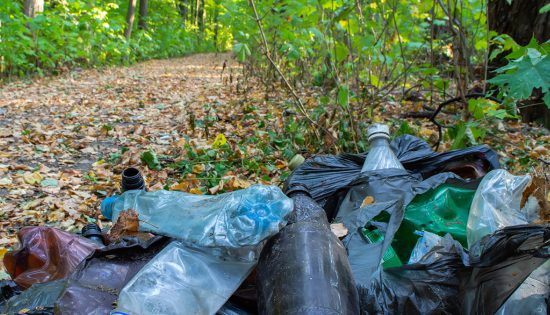 Last week, PEER sued EPA for failing to provide us with information on its definition of PFAS.
Last week, PEER sued EPA for failing to provide us with information on its definition of PFAS.
Over the past few years, PEER has ramped up our PFAS work in response to concerns from increasing numbers of public employees. Scientists, firefighters, and other public servants around the country have turned to PEER to address the government’s failure to protect public health from this class of toxic chemicals.
You can learn more about PFAS and why they are so dangerous by watching a short PEER video here.
PFAS were brought to the public’s attention by the movie “Dark Waters,” about a lawyer and a community in West Virginia who fought DuPont chemical company, eventually winning a class action lawsuit in 2017 for those harmed by PFAS from the DuPont plant in Parkersburg.
Now, as thousands of communities throughout the country find their water and food contaminated on with PFAS, the pressure is on EPA to act. Unfortunately, they have chosen to define PFAS in a very narrow way, which will allow this type of pollution to continue unabated.
And worse yet, they have refused to provide the public with a scientific justification for their definition. That is why we are suing the EPA. Too much is at stake for us let EPA’s action go unchallenged.
Despite EPA’s go slow approach, people throughout the country, as well as public employees, are pushing for bolder action. PEER is standing with them in that effort.
We Need Your Help!

In 2022, PEER, like many organizations, has launched into strategic planning. We are working to build a three-year plan that will ensure the sustainability of the organization, offer a general guide for the priority projects we will undertake, and most importantly, keep us true to our mission to defend public employees that protect our environment. Your feedback is critically important to helping us stay relevant and better serve you. We invite you to take this 14-question anonymous survey. Take the Survey»

Our national parks are drowning in a rising tide of plastic waste. Single-use disposable plastic bottles are the single biggest component of national park waste streams. Mountains of plastic bottles burden wildlife, create greenhouse gases, and cost taxpayers to haul away. Sign a letter urging the National Park Service to reduce plastics waste in parks today. Sign Now»

Why does the U.S. State Department approve foreign vessels to conduct scientific research in U.S. waters without having to obtain the same permits domestic researchers must obtain? After the beaching of rare Bering Sea beaked whales while Japanese whaling researchers operated nearby, PEER is trying to get answers from the State Department. Read More»

PEER and the Lowry Landfill Superfund Site Citizens Advisory Group (CAG) are raising concerns about toxic leachate of from a Denver Superfund site that may be contaminating local groundwater. Read More»

